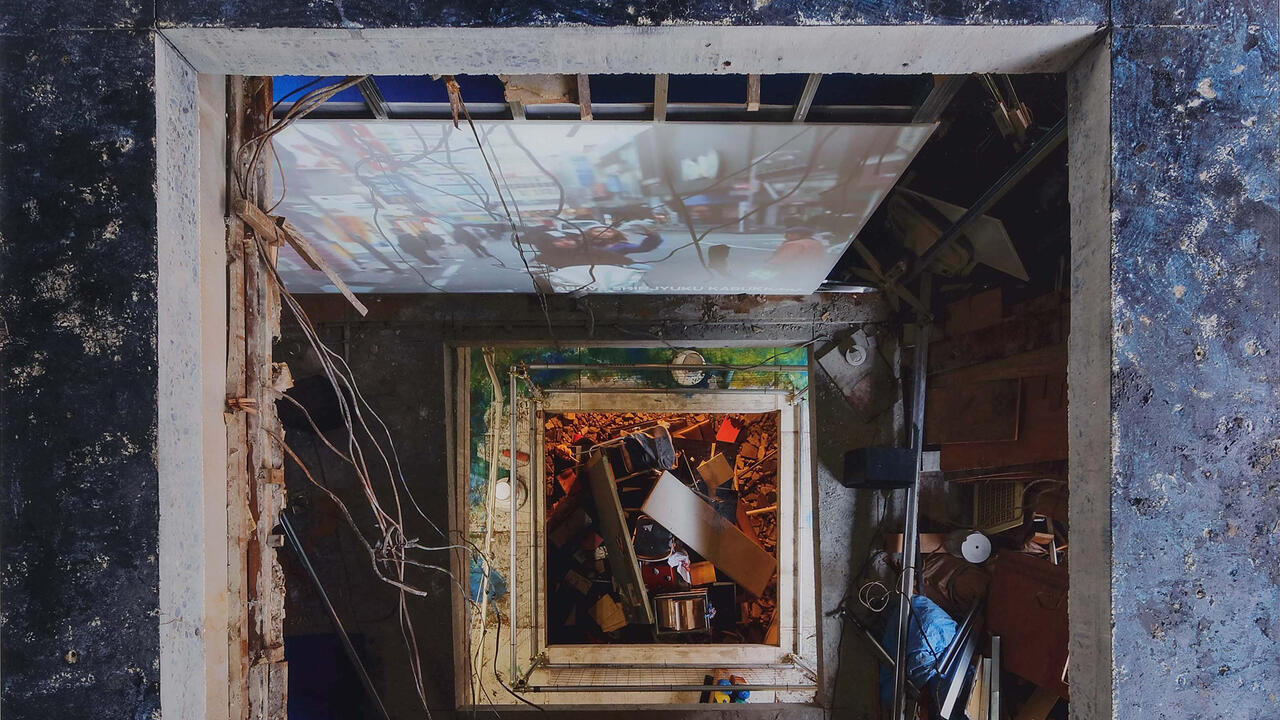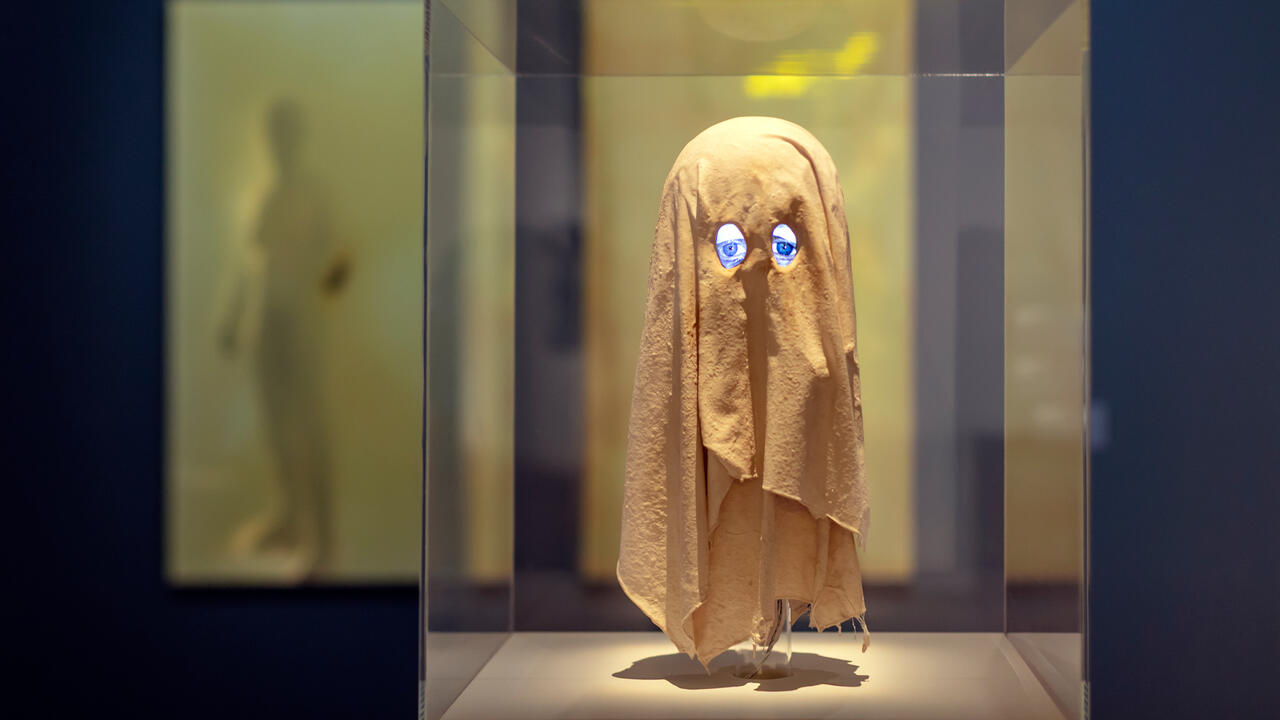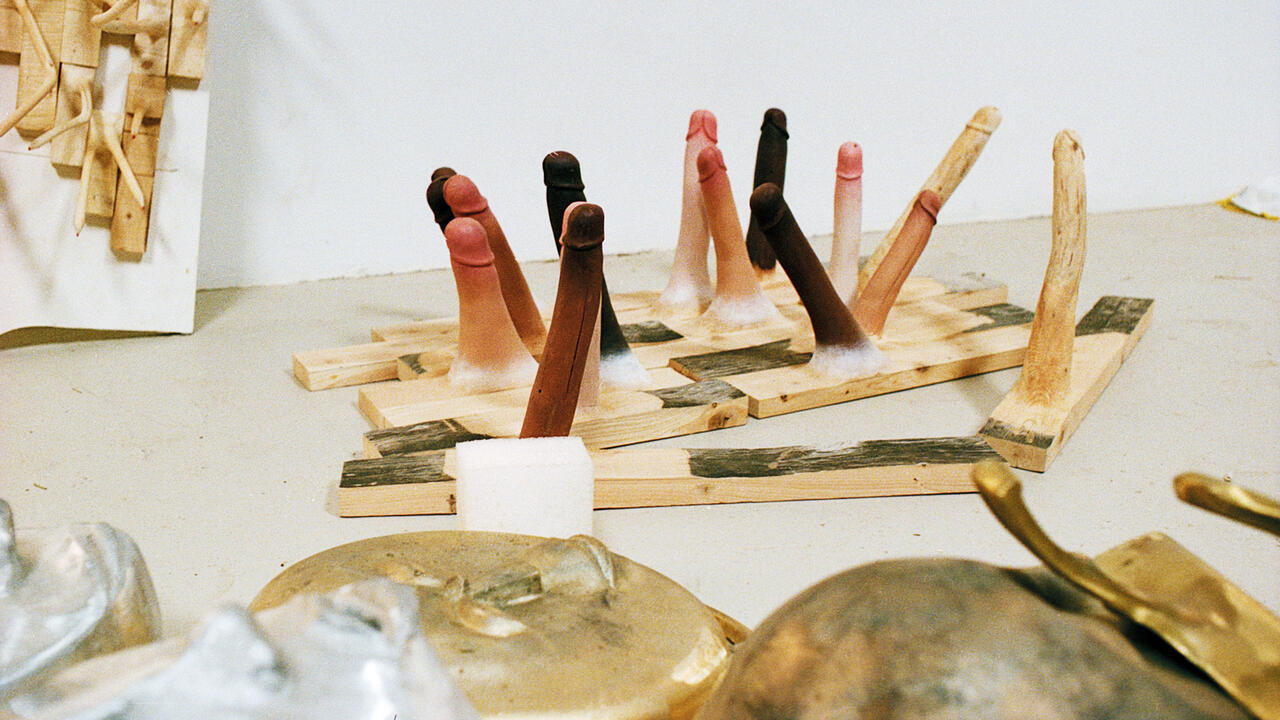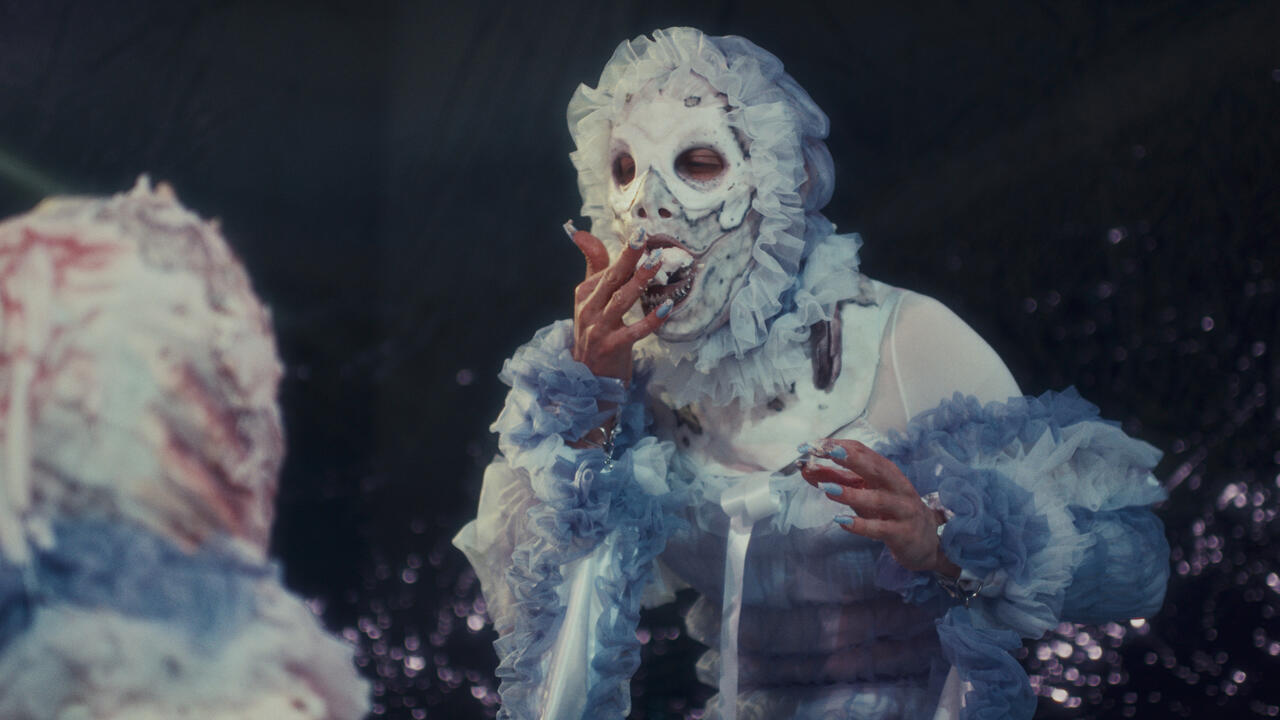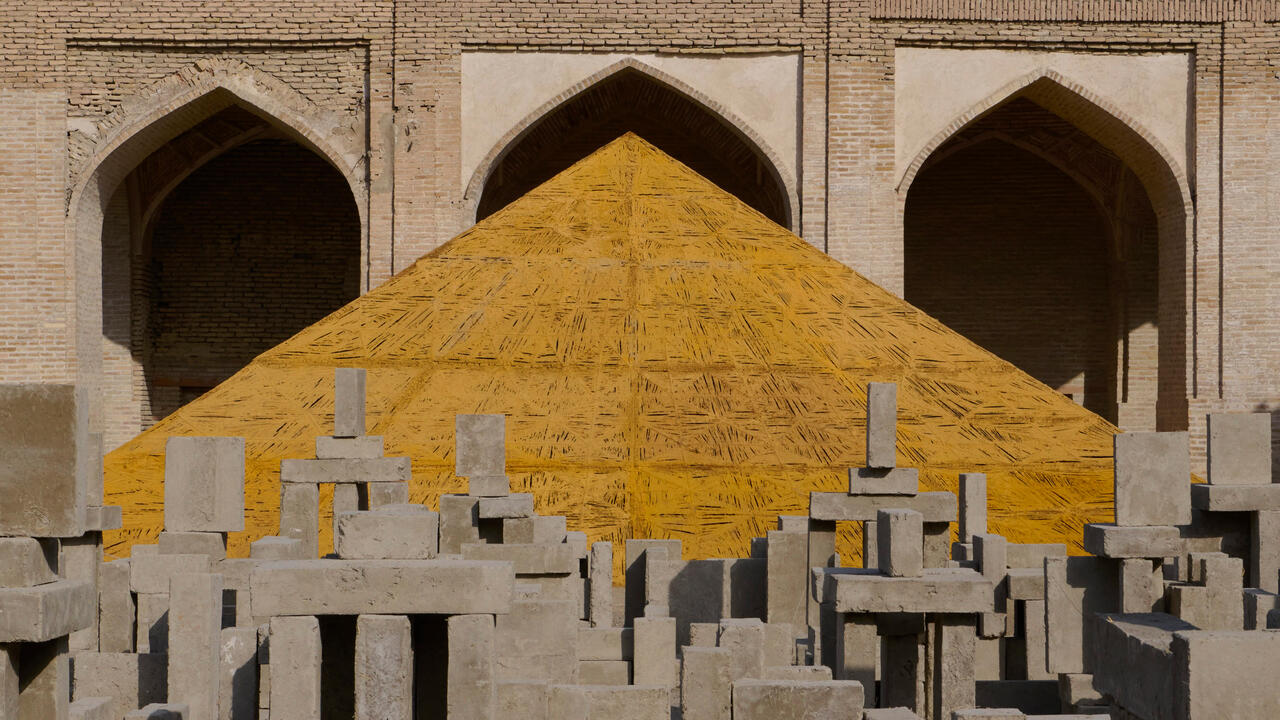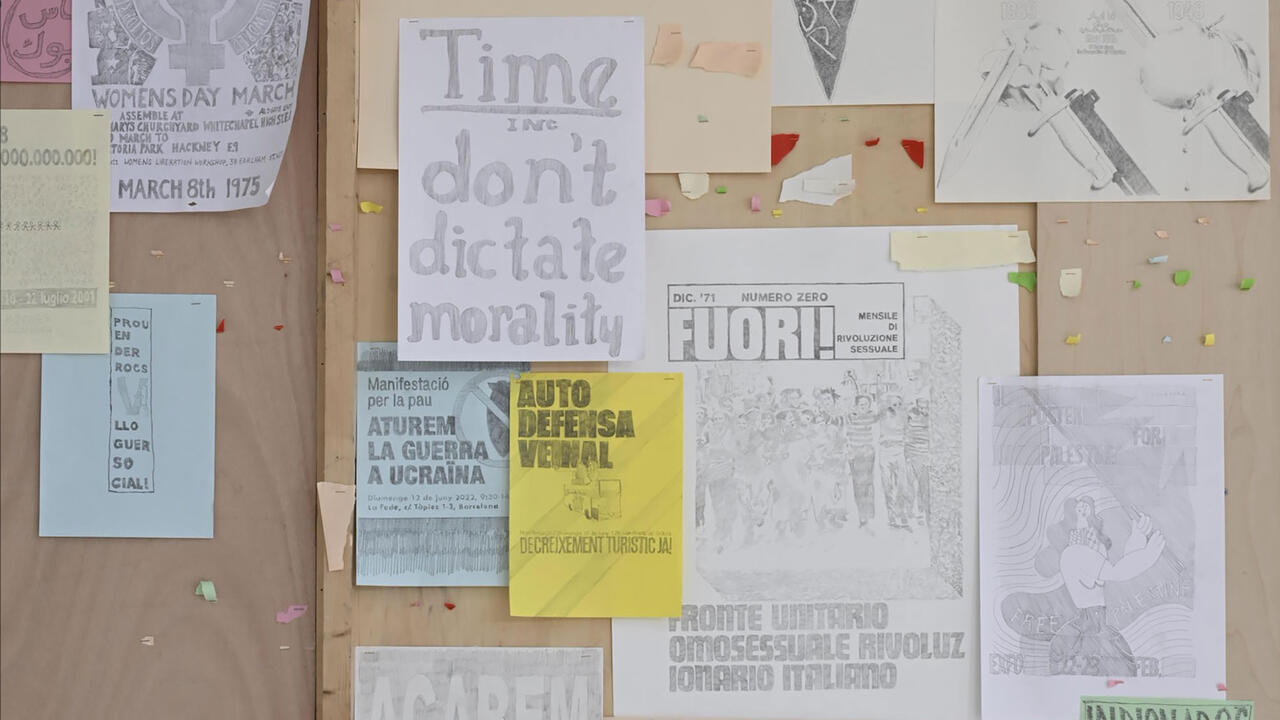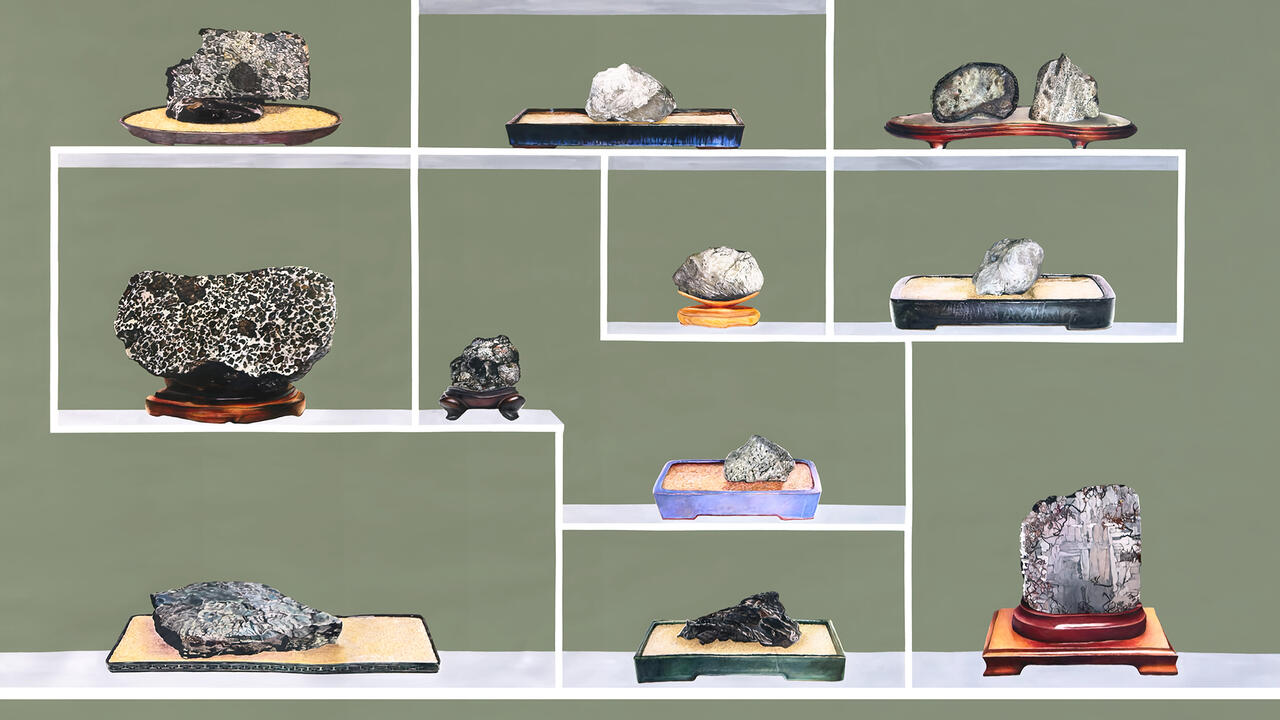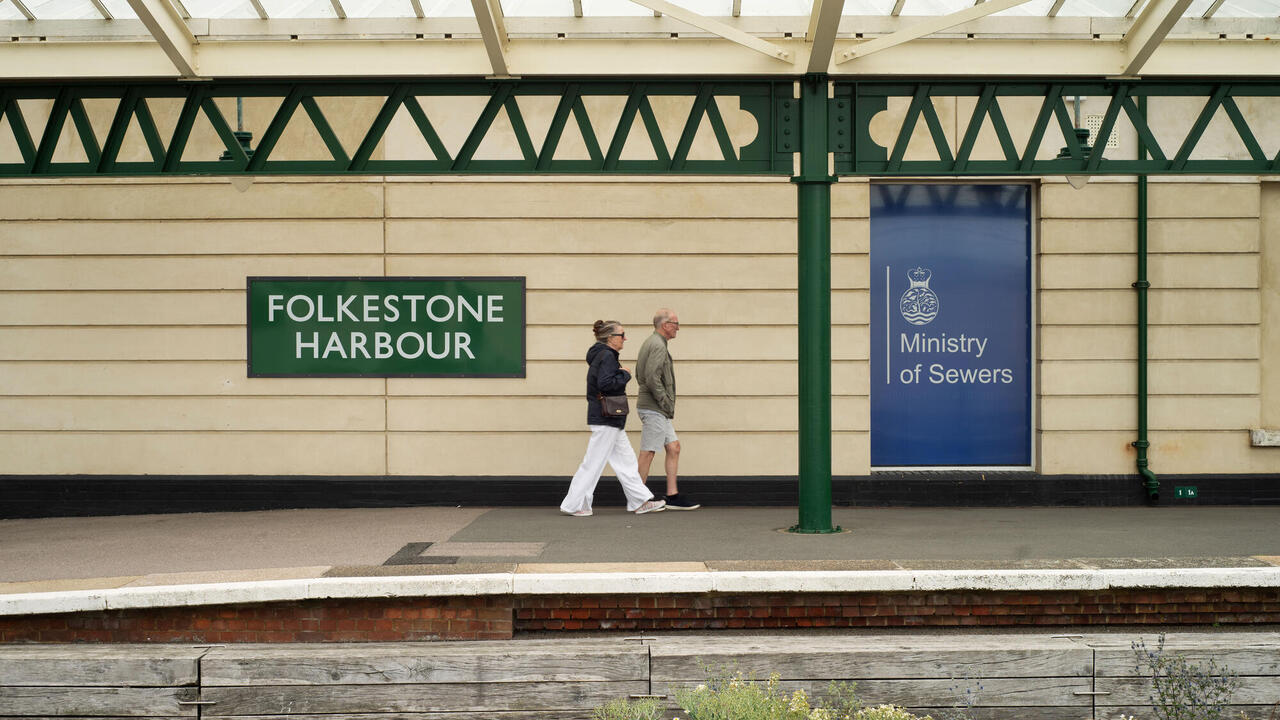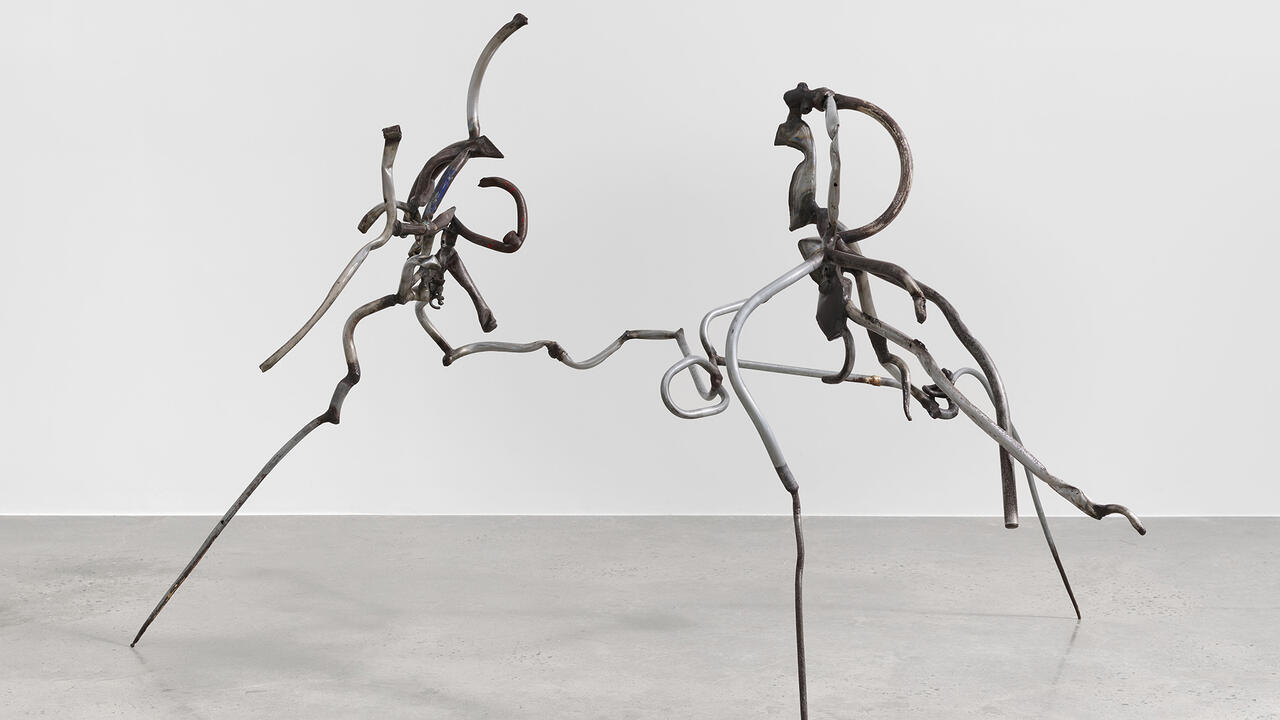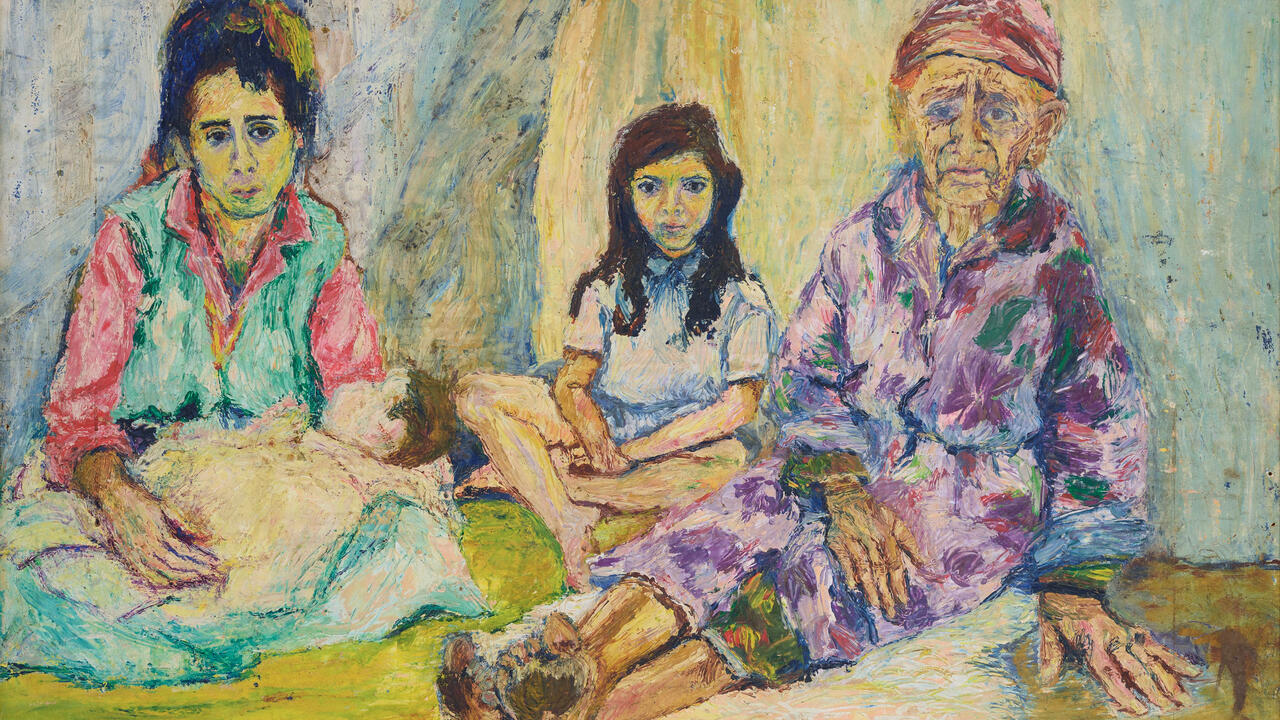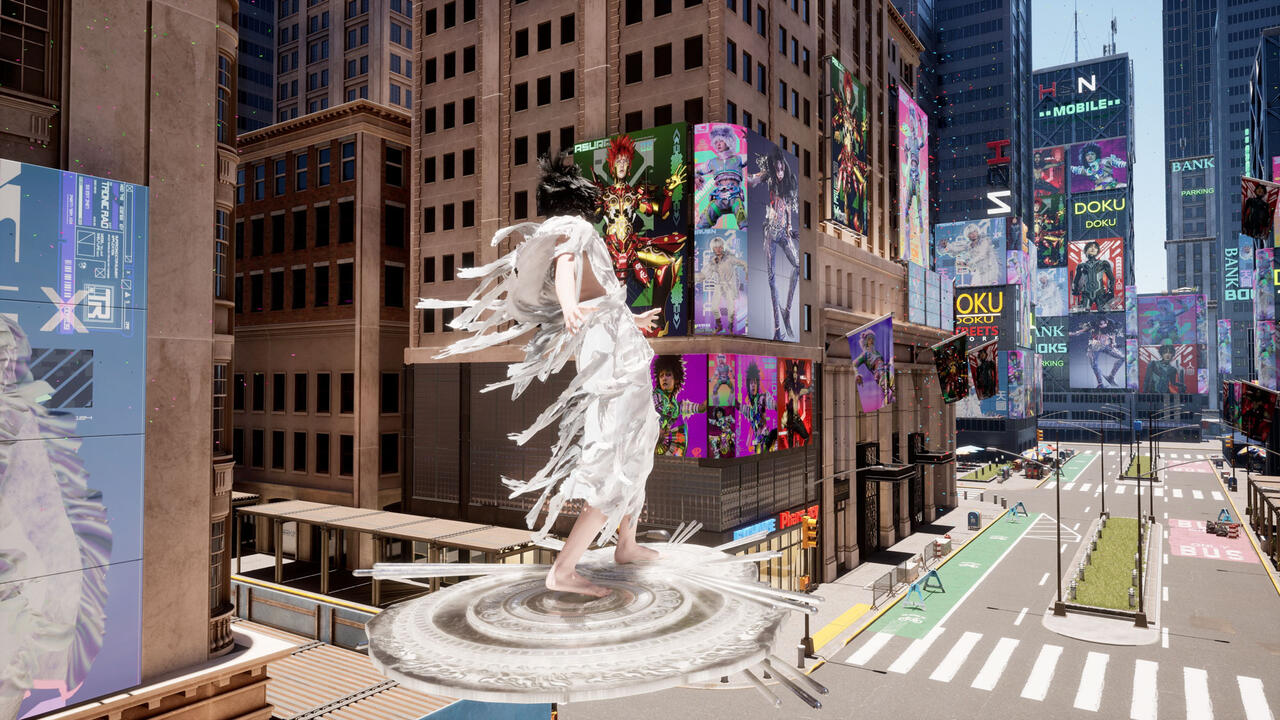A Guide to the Best Shows to See During ARCOmadrid
Ahead of the fair this week, contributing editor Max Andrews picks the exhibitions to see in the Spanish capital
Ahead of the fair this week, contributing editor Max Andrews picks the exhibitions to see in the Spanish capital

Beatriz Olabarrieta and Patricia Domínguez, ‘There is Nothing in the Middle’
CentroCentro
21 February – 24 May 2020
The work of the Basque artist Beatriz Olabarrieta and the Chilean Patricia Domínguez comes together at CentroCentro in the second part of a year-long trilogy of two-artist exhibitions curated by Rafael Barber Cortell which allude to social fiction and self-mythology. While Olaberrieta’s cerebral sculptures and enigmatic videos are concerned with eloquence and non-verbal communication, Domínguez investigates corporate colonialism and indigenous healing practices in South America – a presentation of two seemingly incompatible modes of storytelling. Installed in separate spaces but connected by a vacant gallery, the title ‘There is Nothing in the Middle’ appears refreshingly literal.

‘Center for Land Use Interpretation: A Survey’
CAR – Centro de Acercamiento a lo Rural
5 February – 15 March 2020
Based between a physical office in Culver City, California, and its vast repository on the web, the Center for Land Use Interpretation (CLUI) has been gathering, processing, and presenting evidence of humans’ impact on the Earth’s surface since 1994. From weapons dumps, to clandestine depots, and abandoned malls, the extraordinary places that the group explores form a bewildering reconciliation of geography, politics, and art. Comprising both a display and the organisation of a study group, CLUI’s stop-off in Madrid is hosted by the Centro de Acercamiento a lo Rural (Rural Outreach Centre) and the headquarters of Campo Adentro (Inland), the countryside advocacy platform founded by the irrepressible artist-activist Fernando García-Dory.

Francesc Ruiz, ‘Panal’
Centro de Arte Dos de Mayo, Móstoles (CA2M)
22 February – 28 June 2020
Francesc Ruiz, ‘House of Fun’
garcía galería
25 February – 4 April 2020
Catalan artist Francesc Ruiz’s ‘Panal’ at CA2M spans two decades of his work around ‘expanded comics’, urbanism, and – chiming with this year’s ARCOmadrid programming dedicated to the legacy of Félix González-Torres – queer representation. Ruiz’s survey encompasses kiosk sculptures, animation, and his word-and-image collages stemming from research into dissident drawing traditions in Egypt, Japan, and Italy. Three streets, three colours (2020) is a new installation of billboard-scale comic strips which imagines a riotous city brand-scape of telecoms reselling, Uberized service-providing and on-demand pleasure-peddling. Meanwhile in central Madrid, ‘House of Fun’ sees Ruiz turn garcía galería into a comic bookstore specialising in absurdly niche manga porn and other graphic kinkiness.

Joan Jonas, ‘Moving Off the Land II’
Museo Nacional Thyssen-Bornemisza
25 February – 18 May 2020
Consisting of videos, sculptures, drawings and audio works, ‘Moving Off the Land II’ at the Thyssen is Joan Jonas’s celebration of, and vigil for, the Earth’s oceans and their inhabitants. First shown at the Ocean Space in Venice during last year’s biennial, the exhibition heralds a syncretic deep-dive which springs from sources including the aquatic mythology of Icelandic sagas, the verses of Emily Dickinson and the research of marine biologist David Gruber – not to mention the artist’s personal experiences exploring aquaria and the waters off Jamaica. Jonas’s pelagic poetry can also be experienced live this week at a performance at Museo Nacional del Prado on 26 February. By drawing attention to a historiography of the ocean, Jonas exposes our foolishness in ever thinking that the sea was too vast and inexhaustible to be harmed by human activity.

Teresa Solar, ‘Formas de Fuga’
Travesía Cuatro
20 February – 18 April 2020
Teresa Solar’s first solo show at Travesía Cuatro’s Madrid location, titled ‘Formas de Fuga’ (Forms of Fleeing), assembles a new series of ceramic works and three extensive groups of complementary drawings including mine-map studies. The ceramics conjure up sliced-through hollowed-out forms that could be imagined as models to show some kind of surgical puncture into the body’s viscera. Their exteriors are left raw, while their interiors – some marked-up with cryptic notation – radiate a synthetically smooth fluorescent-orange, a colour of hazard that can also afford protection. These sculptures appear like earthly organs that might be cocooning burrows, karstic tunnels that could double as corporeal cavities.

Ceija Stojka, ‘This has happened’
Museo Nacional Centro de Arte Reina Sofía
22 November 2019 – 23 March 2020
Before becoming known as a writer and painter in the 1980s, Ceija Stojka had already lived through many lives and identities: child of the itinerant Romani community in 1930s Austria, Auschwitz inmate Z6399, holocaust survivor, Viennese rug trader, mother, oral historian. ‘This Has Happened’ at the Museo Reina Sofía brings together more than 100 of her striking autobiographical paintings. Works such as Landleben (Rural Life, 1993) glimpse verdant memories of her idyllic early childhood. The following portrayals of arrests and inhuman imprisonment are depicted with a stark intensity and portentously symbolic brushstrokes: black crows, barbed wire, jackboot laces, or watchtower joists. This exhibition-as-testimony by Stojka, who died in 2013, presents the indelible recollection of a life that was so brutally torn apart.

Iman Issa
carlier | gebauer
28 February – 12 April 2020
A stalwart of the Berlin gallery scene since the early 1990s, carlier | gebauer inaugurated a new location in Madrid’s Chueca neighbourhood in March last year. On 28 February, the gallery opens an exhibition by Cairo-born Iman Issa. Developed since 2015, Issa’s ‘Heritage Studies’ comprises sculptural objects composed in relation with museological text formats such as exhibition labels and wall lettering. The sculptures have the appearance of proposals for monuments or generic replicas of antiquities whose use has been forgotten, while the texts often hint at one ancient culture’s adaptation of the forms of another. The exhibition also includes the latest work from the series ‘Proxies, with a Life of Their Own’ (2019–ongoing), a sculptural portrait of Egyptian feminist Doria Shafik, as well as The Revolutionary (2010) an audio work which creates a biography of a fictional political insurrectionist.









